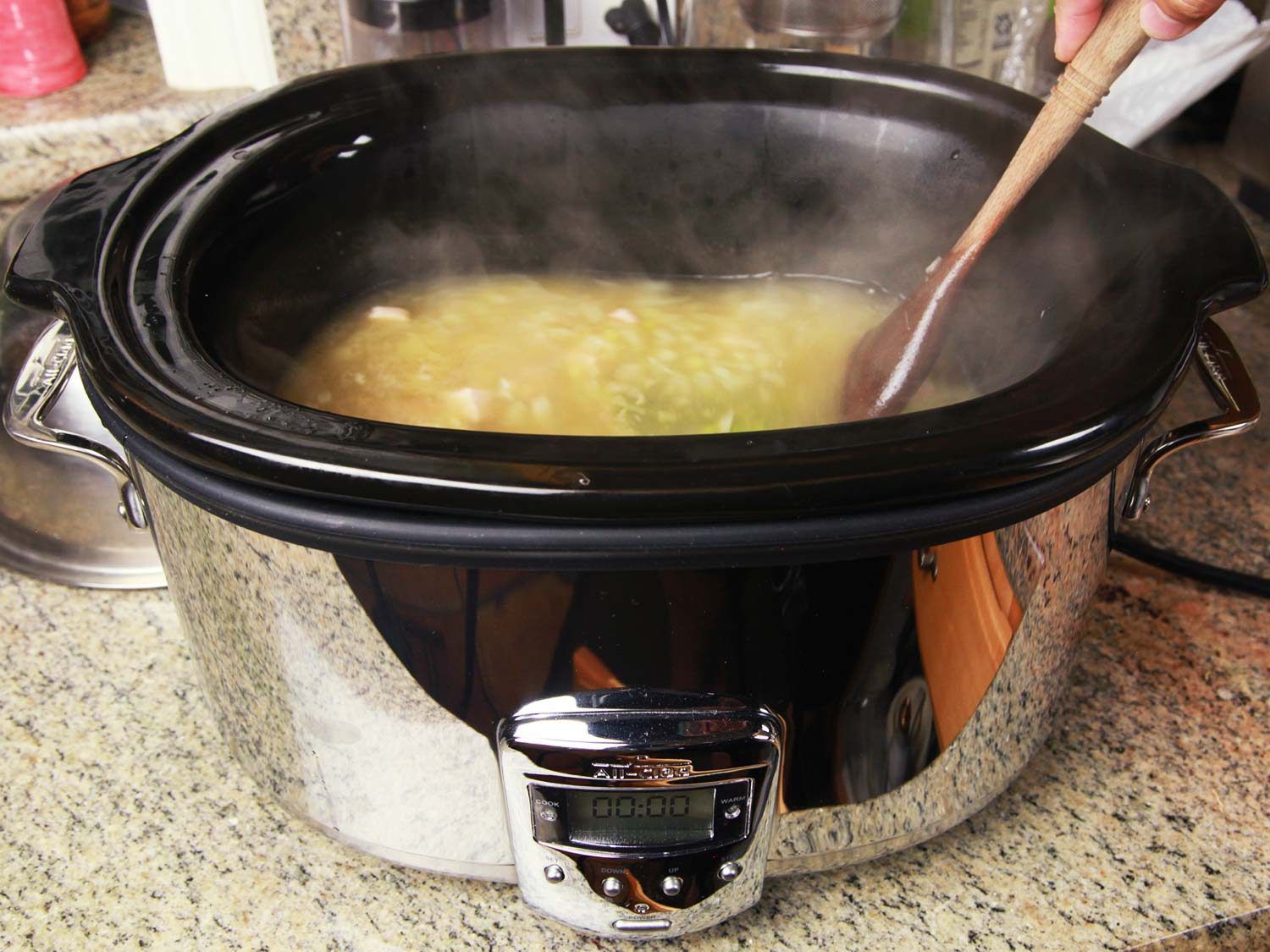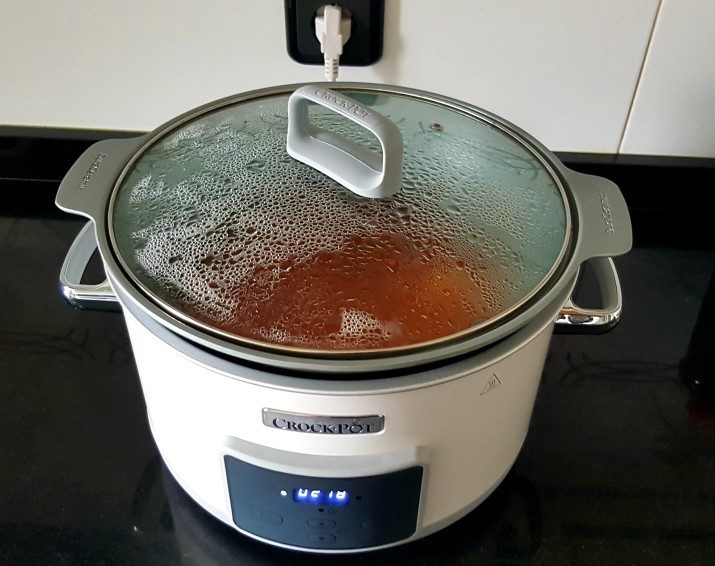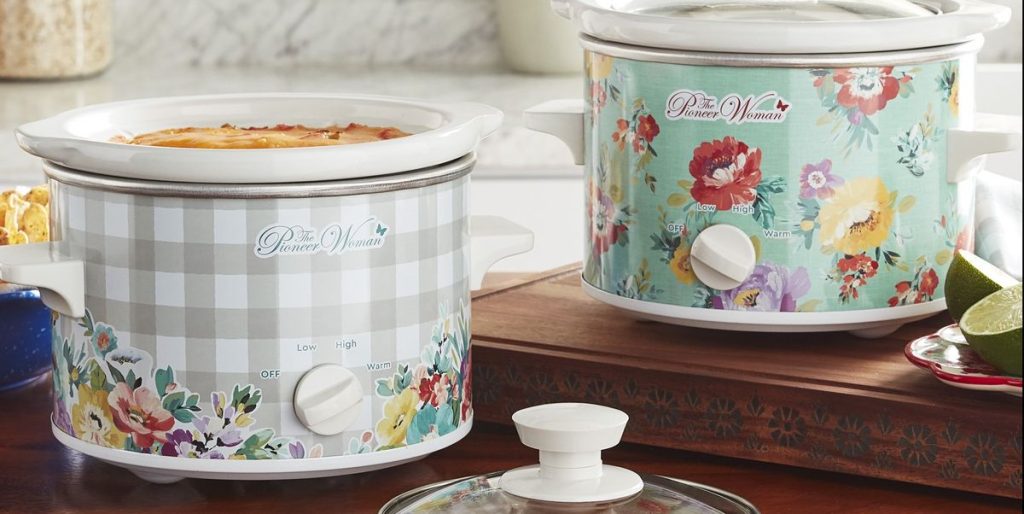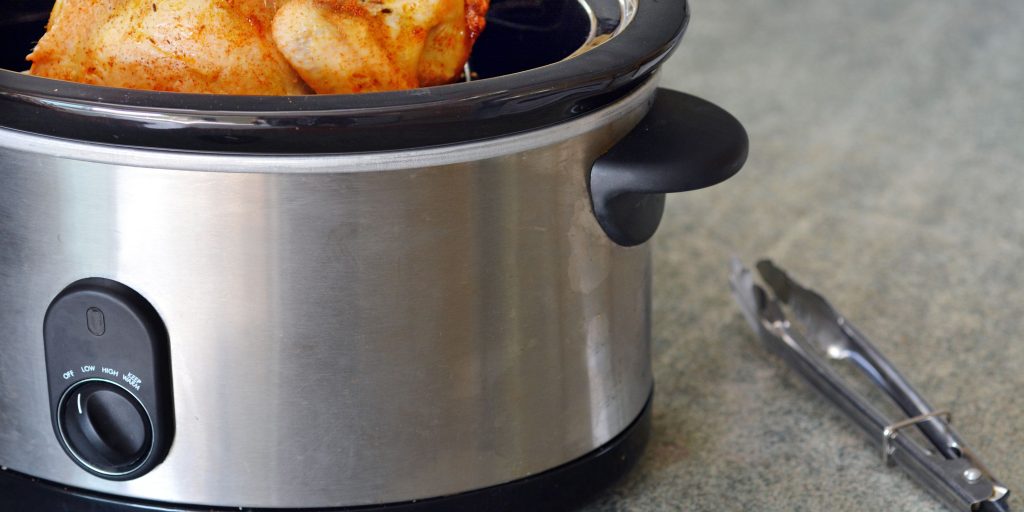Why Do Slow Cookers Crack? Here Are The 5 Causes That You Should Know

Slow cookers are, however, prone to cracking and shattering when mishandled, which is regrettable. It will fracture if a slow cooker’s crock (ceramic insert or glass) is damaged or misused. The most common causes of cracking include:
- Extreme temperature swings
- Putting it on a stovetop burner
- Placing it down too hard on a flat, solid surface
5 Causes of Slow Cooker Cracks
While your slow cooker’s glazed-ceramic stoneware component (crock) is exceedingly thick and substantial to handle, it is also highly fragile. This implies it is prone to breaking in various settings, both on and off heat. Let’s look at some of the more complicated reasons why your slow cooker may shatter under specific conditions. If your slow cooker cracks during cooking, don’t worry.
There are three significant reasons why your slow cooker may shatter during cooking.
- Cooking Frozen Foods Straight From the Freezer: If you don’t defrost frozen goods before placing them into your slow cooker, the crock might suddenly change temperature. If subjected to sustained stress, they will grow into much wider fissures.
- Refrigerating Your Crockpot Before Using It: It’s a great method to save time if you prepare your slow cooker the night before. Putting it in the fridge overnight is also a great way to break it if you want to use it immediately. The abrupt temperature shift will produce stress fractures in the ceramic, resulting in significant breaks over time.
- Directly placing your crock on the burner: While your crock’s ceramic material is microwave and oven safe, it cannot be placed directly on your cooktop burners. If you set your crock directly on the burner, you’ll get too much heat along the bottom and not enough at the top. The bottom half of your crock will expand fast, but the upper half will not. As a result, the entire bottom of the crock cracks or snaps in half.
If Your Slow Cooker Cracks During or After Cooking

While it is uncommon for your crock to fracture during the cooking process, it is significantly more likely to crack or shatter due to conditions just before or after the cooking procedure.
- Putting a Hot Crock in a Cold Bath: While it may appear natural to submerge your crock in cold water after use immediately, this is not a good idea. Heat causes materials such as ceramic to expand in their warmed condition, but immersing it in cold water causes it to swiftly cool.
This implies that if you immerse your hot ceramic crock in cold water, sections of it may shrink while others will expand, resulting in fractures that may break apart. The flip of this is also true for the same reasons: putting cold water in a heated crock. The only difference is that any cracks will appear first on the inside.
- Placing the Crock Too Firmly on Solid Surfaces: Our ceramic crock inserts appear incredibly strong and hard to the touch. However, the material is relatively weak and brittle. This implies that scratching the surface is tough, cracking, or chipping. Setting your crock down too firmly on a problematic, flat surface can produce small fractures in the material. It is considerably simpler.
What Is the Appearance of a Hairline Fracture or Crack?
A hairline fracture in your crock will appear as a thin line, similar to spiderweb cracks. In contrast to massive fractures, a hairline crack has opened out with a clear space between them and has very little space between them. In most circumstances, you’d close up the hairline fracture and go on, but this isn’t the case with a crock.
How Do You Repair a Broken Slow Cooker?
Although food-safe solutions are available, such as ceramic cement and glues used to repair kitchenware such as coffee cups and plates, they are not designed for the high cooking temperatures utilized by slow cookers. Most ceramic cement and glues will degrade when used in a slow cooker, resulting in the same fractures. The only ceramic cement available to remedy this problem is more expensive than replacing the complete crock or slow cooker. A temporary cure that is frequently advised for hairline cracks is to heal the surface of the fissure with simmering milk. This can seal the crack and make it water-tight, but it is not a fool-proof solution and takes a large amount of milk. Purchasing a replacement crock is usually just as efficient.
Is it possible to get replacement pots for slow cookers?

Fortunately, several businesses sell new crocks to replace ones that cracks and fractures have damaged. Crock-Pot, a well-known manufacturer, offers replacement parts for most of its slow cookers, making it simple to get your slow cooker up and running again with minimal effort and price. This can result in undetected hairline fractures.
Is it safe to eat food cooked in a cracked Crock-Pot?
There are various issues with cooking with a cracked slow cooker that make it dangerous to use.
- Cleaning: Because cracks are notoriously tricky to clean properly, food will become caught in them between usage, introducing bacteria into future meals.
- Compounding damage: Just like a crack in your car’s windshield, a crack may quickly expand and finally burst, shattering your crock.
- Contaminates: Some older slow cooker brands (before 2005) have trace quantities of lead in the crock’s ceramic and glaze. If any of these is damaged, there is a risk of lead seeping into the meals cooked therein. This can have long-term consequences for anyone who consumes the meals over time.
Companies that make modern slow cookers have issued statements stating that their ceramics and glazes are free of lead. These claims are supported by a list provided by the FDA of appliances that include lead in their components, on which no significant brands that produce slow cookers were listed.
What Should you Do If the Lid on My Slow Cooker Cracks?
Like the crock section of your slow cooker, the glass lid is prone to cracking if it is hot and placed on a chilly counter, if it is dropped, or if it is pressed too firmly against a hard surface. If your lid fractures, you’ll need to get a new one. If you can’t replace your shattered glass lid straight immediately, utilize different pot covers from around the kitchen if you can locate one that fits tightly over your slow cooker. It is critical that the lid not fall off and that both heat and steam do not escape. You may cover the pot with aluminum foil if you can’t find a pot cover in the kitchen and are waiting for a replacement lid. Cut two sheets of heavy-duty aluminum foil, place them across the top of the slow cooker, and crimp them around the edges. The foil should be crimped firmly so that it fits snugly. Crimp and put before turning on the heat, and remove using oven mitts when done.
Is it Safe to Use a Slow Cooker in the Oven?
While you cannot place the crock of your slow cooker on the stovetop, you may place the crock (but not the heating element) in the Oven. The critical distinction between the Oven and the cooktop is that the Oven uniformly distributes heat throughout the crock. This helps the crock absorb and disperse heat at a faster rate across the entire unit, considerably lowering the possibility of breaking. However, before taking the crock from the Oven, make careful to set it on a rack, towel, or wooden block, since laying it on a chilly surface might result in crock fracture.
Will My Slow Cooker Burst into Flames?

Even if you leave your slow cooker running all day, it is unlikely to catch fire if it is in excellent working order. If you use a slow cooker with frayed cables, damaged switches, or malfunctioning parts, you are far more likely to have a problem. This is simply because any appliance plugged into a wall socket can catch fire if the electricity is not routed correctly into the appliance or is routed into an appliance with malfunctioning parts that cannot contain the voltage appropriately.











